- 53 Posts
- 63 Comments
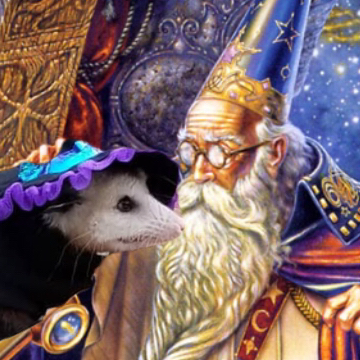
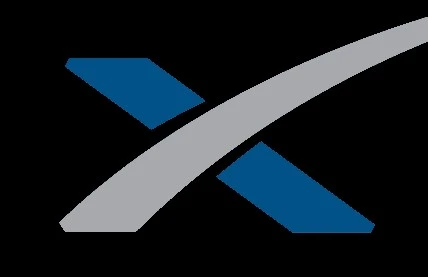 9·7 months ago
9·7 months agoLooks like a $843 million contract to deorbit it sometime in 2030, and the deorbit vehicle is going to burn up as well. They could maybe just send up a starship without any tiles/flaps at that point? Hopefully some of these commercial LEO stations really get going before then to replace it…
On the last test flight a few weeks ago both the booster and ship did powered soft landings in the ocean (even with the ship’s flap melting a bit)

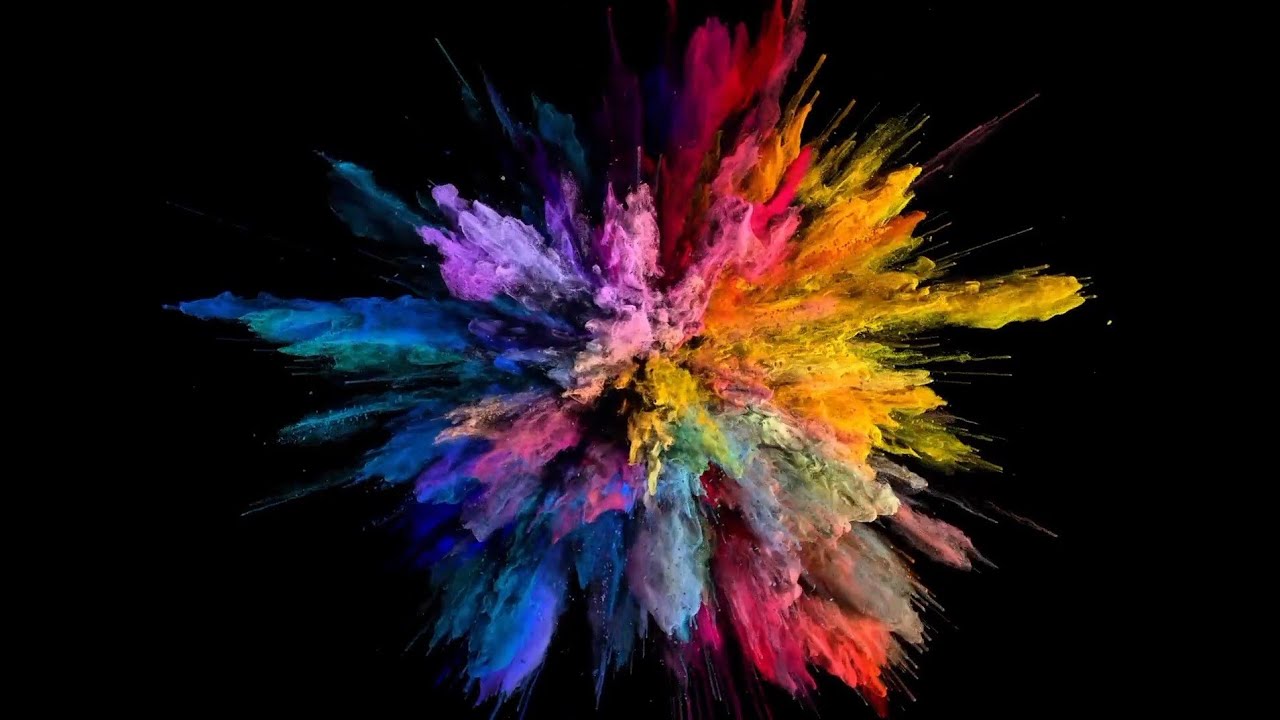 3·8 months ago
3·8 months agoI’m guessing it’s called that because it’s kinda headphone shaped. It was discovered in the 30’s so I’m assuming only the brightest parts of the nebula were visible to the astronomers.
This image is a combination of false color narrowband images for the nebula itself, plus true color RGB stars (the nebula is mostly red and a little blue in true color). If you zoom in to the center you can see the very blue white dwarf that caused the planetary nebula to form. Also for those curious this is what a single 10 minute long Ha exposure looks like (image total is 83.5 hours exposure). Captured over 33 nights from Jan-May 2024 from a bortle 9 zone.
Places where I host my other images:
-
TPO 6" F/4 Imaging Newtonian
-
Orion Sirius EQ-G
-
ZWO ASI1600MM-Pro
-
Skywatcher Quattro Coma Corrector
-
ZWO EFW 8x1.25"/31mm
-
Astronomik LRGB+CLS Filters- 31mm
-
Astrodon 31mm Ha 5nm, Oiii 3nm, Sii 5nm
-
Agena 50mm Deluxe Straight-Through Guide Scope
-
ZWO ASI-290mc for guiding
-
Moonlite Autofocuser
Acquisition: 83 hours 30 minutes (Camera at -15°C), NB exposures at unity gain and BB at half unity
-
Ha - 238x600"
-
Oiii - 247x600"
-
R - 54x60"
-
G - 53x60"
-
B - 54x60"
-
Darks- 30
-
Flats- 30 per filter
Capture Software:
- Captured using N.I.N.A. and PHD2 for guiding and dithering.
PixInsight Preprocessing:
-
BatchPreProcessing
-
StarAlignment
-
Blink
-
ImageIntegration per channel
-
DrizzleIntegration (2x, Var β=1.5)
-
Dynamic Crop
-
DynamicBackgroundExtraction 3x
duplicated each image and removed stars via StarXterminator. Ran DBE with a shitload of points to generate background model. model subtracted from original pic using the following PixelMath (math courtesy of /u/jimmythechicken1)
$T * med(model) / model
Narrowband Linear:
-
Blur and NoiseXTerminator
-
StarXterminator to completely remove stars (to be later replaced by the RGB ones)
-
ArcsinhStretch to slightly stretch nonlinear
-
iHDR 2.0 script (low preset) to stretch each channel the rest of the way.
here’s the link to the repo if you want to add it to your own PI install.
RGB Linear:
-
ChannelCombination to combine monochrome R G and B frame into color image
-
SpectroPhotometricColorCalibration
-
BlurXTerminator for star sharpening (correct only)
-
HSV Repair
-
StarXterminator to generate a stars-only image
-
ArcsinhStretch + HT to stretch nonlinear (to be combined with starless narrowband image later)
-
Invert > SCNR > invert to remove magentas
-
Curves to saturate the stars a bit more
Nonlinear:
- PixelMath to combine stretched Ha and Oiii images into color image (/u/dreamsplease’s palette)
R = iif(Ha > .15, Ha, (Ha*.8)+(Oiii*.2))
G = iif(Ha > 0.5, 1-(1-Oiii)*(1-(Ha-0.5)), Oiii *(Ha+0.5))
B = iif(Oiii > .1, Oiii, (Ha*.3)+(Oiii*.2))
-
NoiseX again
-
Background Neutralization
-
Shitloads of Curve Transformations to adjust lightness, hues, contrast, saturation, etc
-
even more curves
-
Pixelmath to add in the stretched RGB stars only image from earlier
This basically re-linearizes the two images, adds them together, and then stretches them back to before. More info on it here)
mtf(.005,
mtf(.995,Stars)+
mtf(.995,Starless))
-
Couple final curves
-
Resample to 65%
-
DynamicCrop
-
Annotation
-
Sh2-64 is the red nebula to the right of the image. It frames up pretty well with the more golden stars seen in the milky way core. I probably should’ve gotten more exposure time to help bring out some of the dark nebula details, but it was only clear for one night at the dark site (at least the night went perfectly, which is rare for trips out to the middle of nowhere). Captured on June 7th, 2024 from a Bortle 3 zone (Deerlick Astronomy Village)
Places where I host my other images:
-
TPO 6" F/4 Imaging Newtonian
-
Orion Sirius EQ-G
-
ZWO ASI1600MM-Pro
-
Skywatcher Quattro Coma Corrector
-
ZWO EFW 8x1.25"/31mm
-
Astronomik LRGB+CLS Filters- 31mm
-
Astrodon 31mm Ha 5nm, Oiii 3nm, Sii 5nm
-
Agena 50mm Deluxe Straight-Through Guide Scope
-
ZWO ASI-290mc for guiding
-
Moonlite Autofocuser
Acquisition: 5 hours 44 minutes (Camera at half unity gain -15°C)
-
L - 76x120"
-
R - 32x120"
-
G - 32x120"
-
B - 32x120"
-
Darks- 30
-
Flats- 30 per filter
Capture Software:
- Captured using N.I.N.A. and PHD2 for guiding and dithering.
PixInsight Preprocessing:
-
BatchPreProcessing
-
StarAlignment
-
ImageIntegration per channel per panel
-
DrizzleIntegration (2x, Var β=1.5)
-
Dynamic Crop
-
DynamicBackgroundExtraction
Luminance Linear:
-
BlurXterminator (Correct only)
-
NoiseXterminator
-
HistogramTransformation + sketchpad’s iHDR script (low preset) to stretch to nonlinear
RGB Linear:
-
ChannelCombination to combine monochrom R G and B stacks into color image
-
SpectrophotometricColorCalibration
-
BlurXterminator (correct only)
-
HSV repair
-
ArcsinhStretch + iHDR script (low preset) to stretch to nonlinear
Nonlinear Processing:
-
LRGBCombination using stretched L as luminance
-
DeepSNR
-
Various curve adjustments for lightness, contrast, hue, saturation, etc (with varying lum/star masks)
-
Slight SCNR green
-
ColorSaturation to boost the saturation of the Ha region
-
More curves
-
NoiseXterminator
-
invert > SCNR > invert to remove some magentas
-
LocalHistogramEqualization
two rounds at scale 16 and 132 to target different sized structures
-
LOTS more curve adjustments
-
MultiscaleLinearTransform for chrominance noise reduction
-
Even more curves
-
Resample to 60%
-
Annotation
-

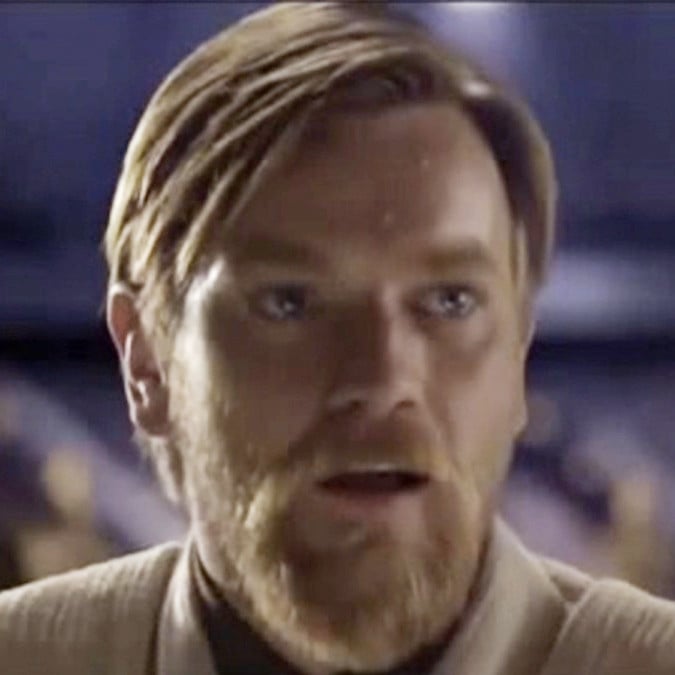 21·9 months ago
21·9 months agoMay Christ be with you
This is already the highest res (at least in terms of being zoomed in), but here’s the entire uncropped photo
thanks!
Finally done with classes and I got some time to at least star processing my pics. Gonna be a while before I figure out all the HDR stuff, so here’s a pic of the prominences about 10 seconds before C3. It was absolutely nutty seeing them naked eye during the eclipse, and visually through my other telescope. Captured on April 8th, 2024 from Sikeston, MO.
Places where I host my other images:
-
TPO 6" F/4 Imaging Newtonian
-
Orion Sirius EQ-G
-
Canon T3i (Ha modded)
-
Skywatcher Quattro Coma Corrector
-
Moonlite Autofocuser
Acquisition:
- Single 1/4000" exposure at ISO 100
Capture Software:
-
Eclipse Orchestrator Free for automating the capture sequence
-
NINA for controlling the mount and autofocuser
- Crop, and some minor adjustments to exposure, contrast, shadows, whites, and blacks, and slight S curve
-

 41·9 months ago
41·9 months agoI watched it in imax opening night and the energy in that room was incredible.

 10·9 months ago
10·9 months agoThe saturation is increased, but looking at the moon through a telescope you can barely see some faint blue/tan colorations that line up with this pic. The blue areas have more titanium minerals and the tan/orange areas have more iron
 21·9 months ago
21·9 months agoJWST primarily looks at very large objects that are far away. Titan (and really everything in the solar system) is relatively close to us, but are tiny in comparison to galaxies/nebulae, so their actual size as they appear in the sky is a lot smaller.
Thanks to my north facing balcony, I can only photograph the moon when it’s at high declinations. Fortunately it was at +27 dec the other day, and it was early enough for me to be awake to shoot it! Captured at 10pm on April 12th, 2024.
Places where I host my other images:
-
TPO 6" F/4 Imaging Newtonian
-
Orion Sirius EQ-G
-
ZWO ASI1600MM-Pro
-
Skywatcher Quattro Coma Corrector
-
ZWO EFW 8x1.25"/31mm
-
Astronomik LRGB+CLS Filters- 31mm
-
Astrodon 31mm Ha 5nm, Oiii 3nm, Sii 5nm
-
Agena 50mm Deluxe Straight-Through Guide Scope
-
ZWO ASI-120MC for guiding
-
Moonlite Autofocuser
Acquisition: (Camera at Unity Gain, -15°C)
-
R - 20000 x 5.4ms
-
G - 2000 x 4.3ms
-
B - 2000 x 6.0ms
Capture Software:
- Captured using Sharpcap and N.I.N.A. for mount/filterwheel control
Stacking:
- Stacked the best 25% of frames in Autostakkert (autosharpened, 3X Drizzle)
PixInsight Processing:
-
DynamicCrop
-
ChannelCombination to combine monochrome images into RGB image
-
ChannelMatch to align G and B color channels to red
-
ColorCalibration
-
HistogramTransformation (slight stretch)
-
SCNR > invert > SCNR to remove green and magenta color fringing
-
CurvesTransformations to adjust lightness, contrast, colors, saturation, etc.
-
LocalHistogramTransformation
-
dynamic crop
-
Annotation
-

 9·10 months ago
9·10 months agoSo it turns out camera sensors are perfectly fine being exposed to the last ~20 seconds of sunlight before an eclipse. I’ve decided that if I still have this cam in 2045 I’m going to sacrifice it to the sun by not putting the filter back on after totality, and letting it document its own demise.

 25·10 months ago
25·10 months agoHoly shit this was the most awesome thing I’ve ever experienced. I’ve been prepping for this eclipse ever since I got clouded out at the last minute for the 2017 eclipse, and almost everything went perfectly! (I didn’t even hit eclipse traffic on the way home!) With the camera automated I got 163 HDR pics during totality, plus more from the partial phases, so expect to see some more pics in the coming weeks!
I really like how the diffraction spikes turned out from the Bailey’s Beads, and how the blue turned out in my totality pics. I tried to keep the editing minimal on this, and just did some minor contrast and saturation adjustments (see below for more details). The corona in the image is definitely bluer than how it looked irl (which was mostly just white), but the prominence color is pretty close to what I saw through my other scope. I suspect it’s because of the custom white balance I’ve had to use for my astro modded cam. For those curious here are my other C2 pics, unedited other than cropping
Captured on April 8th, 2024 from Sikeston, MO.
Places where I host my other images:
-
TPO 6" F/4 Imaging Newtonian
-
Orion Sirius EQ-G
-
Canon T3i (Ha modded)
-
Skywatcher Quattro Coma Corrector
-
Moonlite Autofocuser
Acquisition:
- Single 1/4000" exposure at ISO 100
Capture Software:
-
Eclipse Orchestrator Free for automating the capture sequence
-
NINA for controlling the mount and autofocuser
- Just a crop, and some minor adjustments to exposure, contrast, shadows, whites, and blacks
-

 1·11 months ago
1·11 months agoThe Little Dumbbell Nebula gets its name because it kinda looks like a tinier version of the Dumbbell Nebla M27 (yes, a different palette was used for this pic). It’s really tiny compared to the uncropped FOV. I’m a lot happier with this attempt at it, compared to my 2019 pic of M76 with the same equipment. I know It’s a bit out of season rn but I needed something to shoot at the start of the night. The nebulosity itself is false color, but the stars are true color RGB. Captured over 10 nights in Feb/Mar 2024 from a bortle 9 zone (I could only get a couple hours max per night on it.
Places where I host my other images:
-
TPO 6" F/4 Imaging Newtonian
-
Orion Sirius EQ-G
-
ZWO ASI1600MM-Pro
-
Skywatcher Quattro Coma Corrector
-
ZWO EFW 8x1.25"/31mm
-
Astronomik LRGB+CLS Filters- 31mm
-
Astrodon 31mm Ha 5nm, Oiii 3nm, Sii 5nm
-
Agena 50mm Deluxe Straight-Through Guide Scope
-
ZWO ASI-290mc for guiding
-
Moonlite Autofocuser
Acquisition: 21 hours 6 minutes (Camera at -15°C), NB exposures at unity gain and BB at half unity
-
Ha - 99x360"
-
Oiii - 83x360"
-
R - 101x60"
-
G - 100x60"
-
B - 99x60"
-
Darks- 30
-
Flats- 30 per filter
Capture Software:
- Captured using N.I.N.A. and PHD2 for guiding and dithering.
PixInsight Preprocessing:
-
BatchPreProcessing
-
StarAlignment
-
Blink
-
ImageIntegration per channel
-
DrizzleIntegration (2x, Var β=1.5)
-
Dynamic Crop
-
DynamicBackgroundExtraction
duplicated each image and removed stars via StarXterminator. Ran DBE with a shitload of points to generate background model. model subtracted from original pic using the following PixelMath (math courtesy of /u/jimmythechicken1)
$T * med(model) / model
Narrowband Linear:
-
Blur and NoiseXTerminator
-
StarXterminator to completely remove stars (to be later replaced by the RGB ones)
-
ArcsinhStretch to slightly stretch nonlinear
-
iHDR 2.0 script to stretch each channel the rest of the way.
This is a great new pixinsight script from Sketch on the discord. here’s the link to the repo if you want to add it to your own PI install.
RGB Linear:
-
ChannelCombination to combine monochrome R G and B frame into color image
-
SpectroPhotometricColorCalibration
-
BlurXTerminator for star sharpening
-
HSV Repair
-
StarXterminator to generate a stars-only image
-
ArcsinhStretch + HT to stretch nonlinear (to be combined with starless narrowband image later)
Nonlinear:
- PixelMath to combine stretched Ha and Oiii images into color image (/u/dreamsplease’s palette)
R = iif(Ha > .15, Ha, (Ha*.8)+(Oiii*.2))
G = iif(Ha > 0.5, 1-(1-Oiii)*(1-(Ha-0.5)), Oiii *(Ha+0.5))
B = iif(Oiii > .1, Oiii, (Ha*.3)+(Oiii*.2))
-
NoiseX again
-
Shitloads of Curve Transformations to adjust lightness, hues, contrast, saturation, etc
-
LocalHistogramEqualization
-
UnsharpMask
-
More curves
-
ColorSaturation to slightly desaturate the purples
-
even more curves
-
Pixelmath to add in the stretched RGB stars only image from earlier
This basically re-linearizes the two images, adds them together, and then stretches them back to before
(again, credit to Jimmy independent starless processing stuff)
mtf(.005,
mtf(.995,Stars)+
mtf(.995,Starless))
-
Couple final curves
-
DynamicCrop waaaay in on the nebula
-
Annotation
-

 4·11 months ago
4·11 months agoKinda as a joke I designed a house for astrophotography in sweethome 3D. You can also export the whole 3D house model into unity and upload it to VRChat to actually walk around inside it

 4·1 year ago
4·1 year agoI ended up getting their PM. I’m not touching their stock with a 20ft pole.
So I shot the Bubble Nebula in true-color last year, but I decided to shoot it again this past month in false color. It really helps to show the extended nebulosity, and gives me and excuse to compare my image to Hubble’s. This false color image uses the SHO palette, where the sulfur-ii wavelength is mapped to red, hydrogen-alpha to green, and oxygen-iii is blue. I’m really happy with how the colors turned out on this one. There’s also a number of other nebulae and a star cluster in frame. Captured over 14 nights in Jan/Feb 2024 from a bortle 9 zone (I could only get a couple hours max per night on it.
Places where I host my other images:
-
TPO 6" F/4 Imaging Newtonian
-
Orion Sirius EQ-G
-
ZWO ASI1600MM-Pro
-
Skywatcher Quattro Coma Corrector
-
ZWO EFW 8x1.25"/31mm
-
Astronomik LRGB+CLS Filters- 31mm
-
Astrodon 31mm Ha 5nm, Oiii 3nm, Sii 5nm
-
Agena 50mm Deluxe Straight-Through Guide Scope
-
ZWO ASI-290mc for guiding
-
Moonlite Autofocuser
Acquisition: 37 hours 36 minutes (Camera at -15°C), Camera at unity gain.
-
Ha - 95x360"
-
Oiii - 140x360"
-
Sii - 141x360"
-
Darks- 30
-
Flats- 30 per filter
Capture Software:
- Captured using N.I.N.A. and PHD2 for guiding and dithering.
PixInsight Preprocessing:
-
BatchPreProcessing
-
StarAlignment
-
ImageIntegration per channel
-
DrizzleIntegration (2x, Var β=1.5)
-
Dynamic Crop
-
DynamicBackgroundExtraction
duplicated each image and removed stars via StarXterminator. Ran DBE with a shitload of points to generate background model. model subtracted from original pic using the following PixelMath (math courtesy of /u/jimmythechicken1)
$T * med(model) / model
Narrowband Linear:
-
Blur and NoiseXTerminator
-
Duplicated the images before stretching to be used for separate stars-only processing
-
Slight stretch using HistogramTransformation
-
iHDR 2.0 script to stretch each channel the rest of the way.
Stars Only Processing:
-
PixelMath to combine star images (SHO palette)
-
SpectroPhotometricColorCalibration (narrowband working mode)
-
StarXTerminator to make stars only image form each channel
-
SCNR > invert > SCNR > invert to remove greens and magentas
-
ArcsinhStretch + HT to stretch nonlinear - to be combined later with starless pic
Nonlinear:
-
PixelMath to combine stretched Ha, Oiii, and Sii images into color image (SHO palette)
-
StarXterminator to remove stars
-
HistogramTransformations to tone back the greens and apply a more aggressive stretch to red and blue channels
-
Shitloads of Curve Transformations to adjust lightness, hues, contrast, saturation, etc
-
LRGBCombination with stretched Ha as luminance
-
DeepSNR
-
more curves
-
ColorSaturation to bring up the blues in the bubble
-
LocalHistogramEqualization
-
even more curves
-
MLT for chrominance noise reduction
-
Pixelmath to add in the stretched stars only image from earlier
This basically re-linearizes the two images, adds them together, and then stretches them back to before
mtf(.005,
mtf(.995,Stars)+
mtf(.995,Starless))
-
A round of NoiseXterminator for good measure
-
Resample to 60%
-
Annotation
-
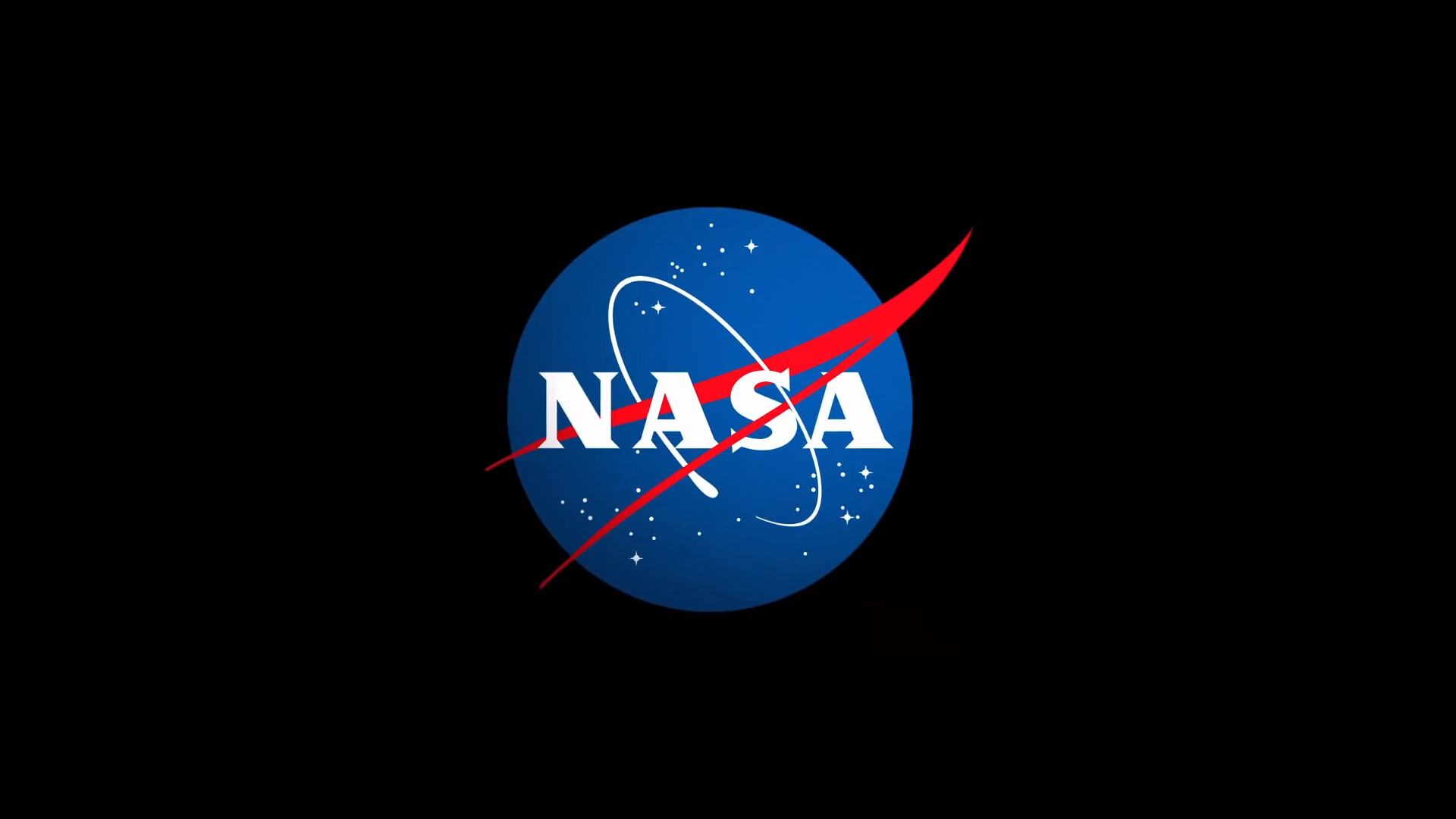



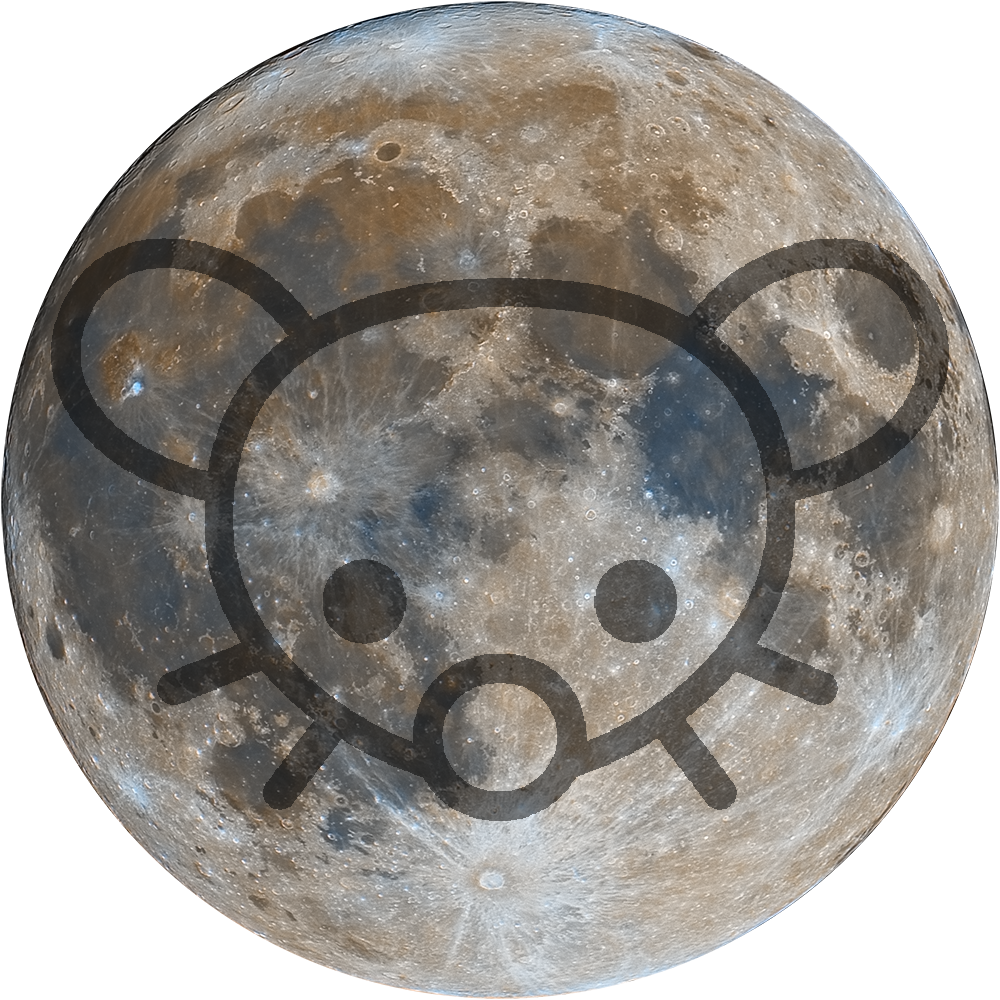

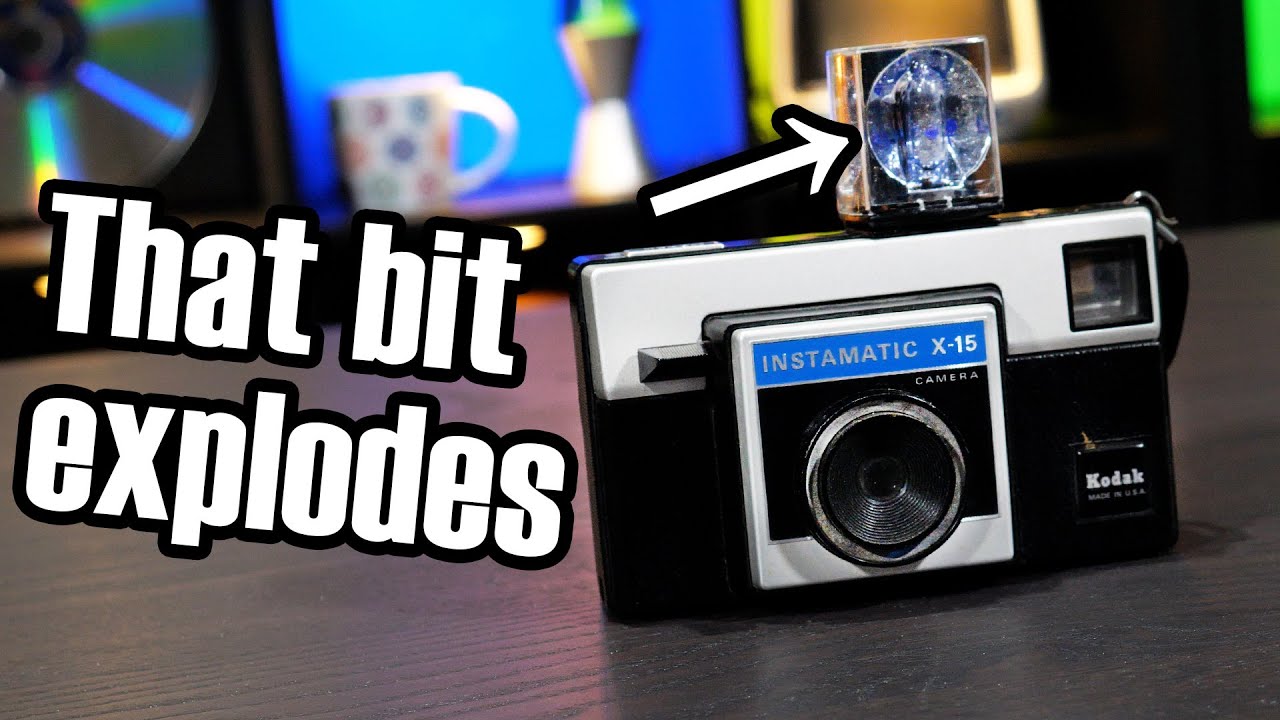
https://en.wikipedia.org/wiki/Kessler_syndrome